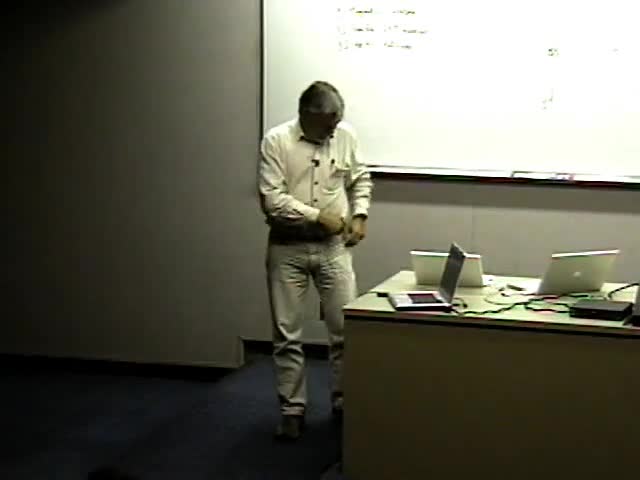Nucleosome and Chromatin Structure and Dynamics Studied by Fluorescence Techniques and Computer Modeling
Presenter
September 19, 2007
Keywords:
- DNA sequences
MSC:
- 92D20
Abstract
The higher order structure of chromatin depends crucially on the local geometry of the DNA on the nucleosome. Fluorescence resonance energy transfer (FRET) is a very convenient method to measure intramolecular distances in such large biomolecules and thereby obtain information on the DNA geometry. Varying label positions, DNA fragment length, histone modifications and buffer conditions gives valuable insight into the structure of mono- and trinucleosomes. FRET experiments under single-molecule conditions on freely diffusing nucleosomes furthermore demonstrate the resolution of structural subpopulations of nucleosomes and their interconversion.
To combine experimental data with higher-order structural models of the chromatin fiber, we developed a number of coarse-grained approaches to simulating the structure and dynamics of chromatin, ranging from single nucleosomes to the 30 nm chromatin fiber. Based on the known crystallographic structure of the nucleosome and on all- atom molecular dynamics, effective force fields are developed which allow dynamic simulations of mononucleosomes over 0.5 µs in a one- bead-per-residue approximation. For larger length and time scales, the DNA is approximated by a segmented polymer chain and the nucleosomes by rigid cylinders which interact through different salt- dependent interaction potentials. This approach allows for the prediction of possible higher-order structures and their mechanical properties. As examples, we show the unrolling of DNA from the histone core, the response of the 30 nm chromatin fiber to mechanical stretching, and possible regimes of stable and unstable packing of chromatin.
